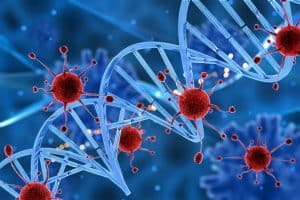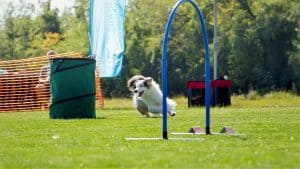The importance of cartilage strengthening in dogs: Joint problems such as hip dysplasia, arthritis, and other degenerative diseases can severely affect our dogs’ quality of life and mobility. Strengthening cartilage and adequately supporting joints are essential to keep our dogs active and happy in the long term. Learn why joint protection is crucial and how we can help prevent and treat these issues to ensure our dogs stay in their best form every day.
Joint structure – What constitutes a joint?
A joint has four basic components, each with its own function.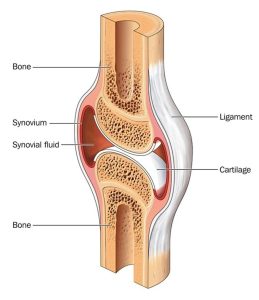
- Connecting bones: The bones form the structure of the joint. Their shape during development determines the integrity and stability of the joint.
- Joint cartilage: Cartilage dampens the physical impact when standing, running, and jumping. This firm connective tissue is located between the bones. If the healthy cartilage is damaged or worn away, the bones collide, causing significant pain and inflammation.
- Synovium and synovial fluid: Lubrication between the bones and the joint cartilage allows the bones to move freely. Without synovial fluid, the cartilage is susceptible to wear. Once healthy cartilage is damaged, arthritis is likely to develop.
- Ligaments: The connective fibers on the sides of the joint are the ligaments. These link bones and prevent them from moving out of place.
The importance of cartilage strengthening and joint function
Joints allow dogs (and us) to move freely. Without joints, our skeleton would have no solid structure (or conversely, we would be a rigid frame of bones). Without the cushioning between these bones, any jump, jog, or change in position would cause the bones to collide and damage the skeletal structure.
Joint pain, arthritis, and bone degradation are common complaints in elderly dogs because as they age, the synovium produces less lubricant. Once cartilage is damaged, repairing the joint becomes difficult and can reduce mobility in senior dogs. Hence, the importance of joint health in dogs cannot be overstated.
Developmental or degenerative: categories of joint diseases
Joint diseases typically fall into two categories: developmental or degenerative. Developmental joint problems arise from either the overdevelopment or underdevelopment of bones connected at the joints. For example, hip sockets are often too large, causing the hip bone to move in and out, leading to friction between the two bones. This constant friction causes hip dysplasia as the dog ages.
Degenerative joint diseases, such as osteoarthritis, involve chronic joint changes characterized by joint pain and stiffness. Mechanical factors and inflammatory processes play a role in their development. This usually occurs when the synovium no longer produces enough fluid.
Common symptoms of joint problems
Due to constant pain, dogs have difficulty hiding arthritis symptoms. Even a half-attentive owner will notice signs of joint disease.
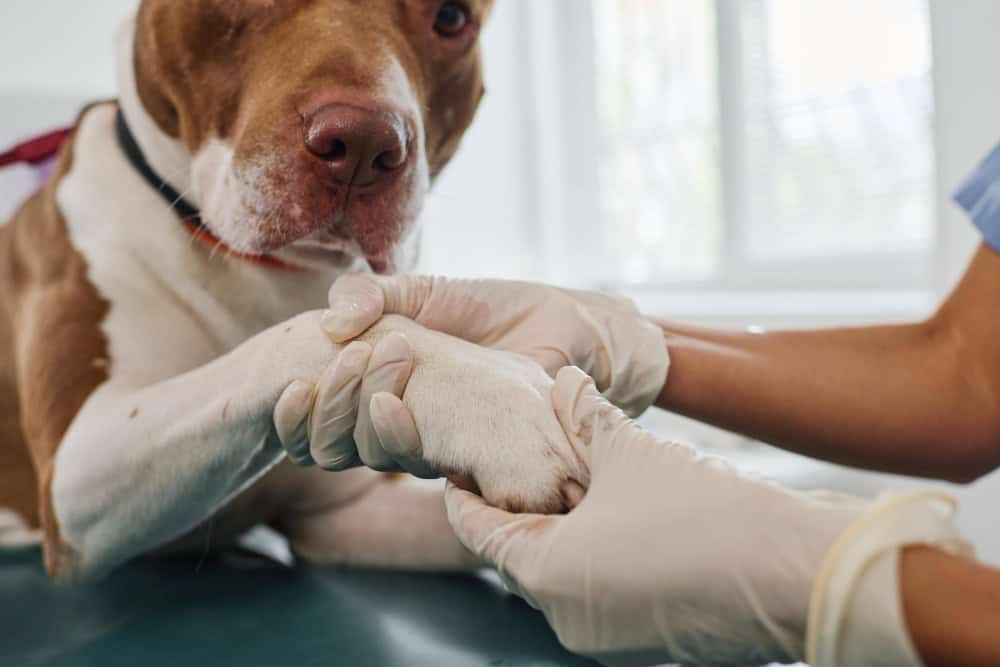
- Using only front legs when standing: Hip dysplasia, the most common form of arthritis, can be noticed when an older dog stands up using only its front legs, avoiding pressure on the hind legs and hips.
- Refusal to jump or climb stairs: Jumping and climbing stairs are strenuous activities for joints. If the dog looks at a steep hill or stairs and refuses to go, it’s time for a vet visit.
- Swollen joints: Inflammation caused by joint pain typically results in swollen joints. Early detection of these swellings can prevent further joint damage.
- Muscle atrophy: Dogs sometimes hide joint pain by shifting weight to other legs, quickly causing muscle atrophy around the affected joint, worsening the problem.
- Licking the affected joint: Dogs often lick wounds to help them heal. Knowing something is wrong, they may lick the affected joint to relieve pain.
- Behavioral changes: Chronic pain in the hips, knees, or elbows can prevent our wagging friends from greeting us enthusiastically, leading to temperament changes or irritability.
- Depression or lethargic behavior: The excitement of running, smelling new scents, and playing with a ball is part of a dog’s life. When joint pain hampers this, it can lead to depression.
Diagnosing and treating joint pains
If your dog behaves strangely and you suspect joint problems, it is crucial to visit the veterinarian immediately. Certain joint disorders can be well-managed, providing a relatively pain-free life for the dog. However, this often depends on how early the joint issue is identified and treated.
The process of diagnosing
-
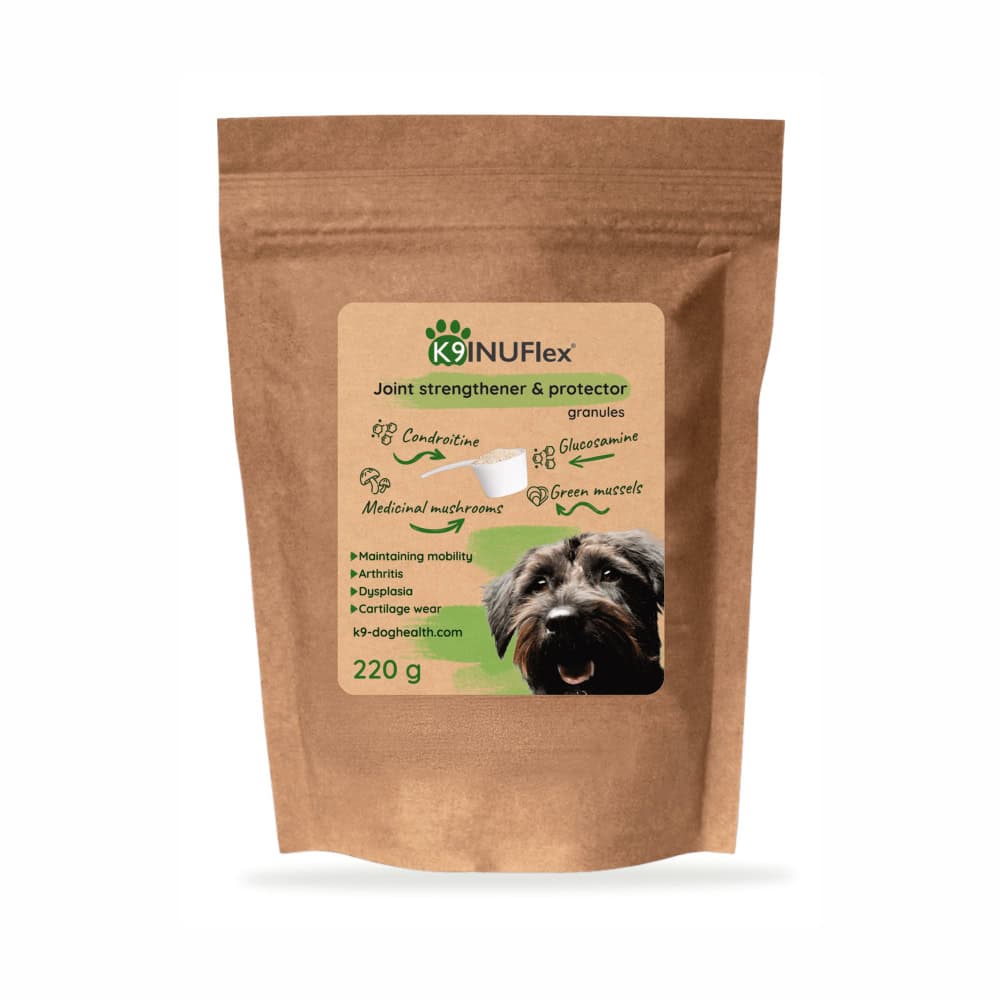
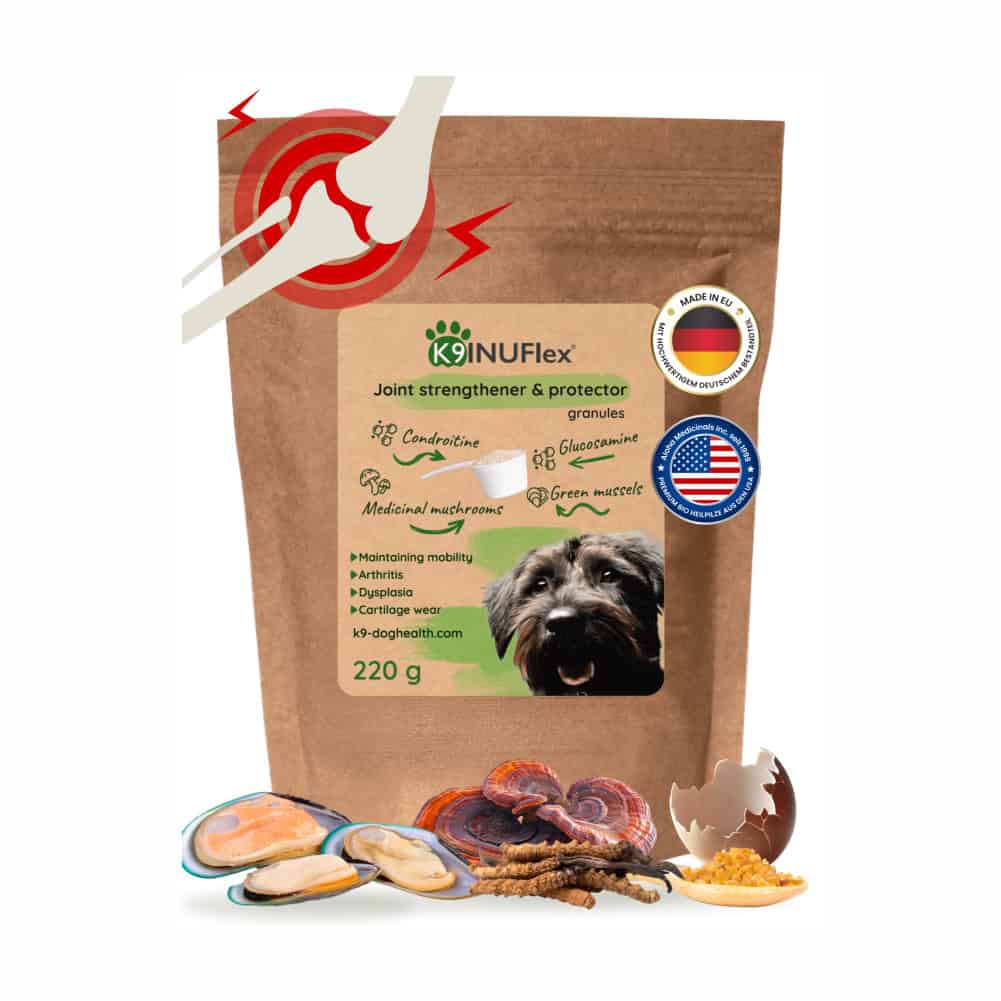
K9 INUFlex®
- Restores natural movement – visible results in 10 days
- Relieves joint pain and supports cartilage regeneration
- Natural anti-inflammatory – with mussel & Boswellia
- Strengthens joints and ligaments – safe for daily use
€41,40
- Physical examination: By stretching and flexing different muscle groups, vets determine which joint is affected and to what extent.
- Joint biopsy: A sample from the joint interior can help vets identify if an infectious disease is causing the joint problem. If so, antibiotics can treat the infection.
- Blood tests: It is important to determine if joint deterioration is due to an autoimmune disease, where the immune system attacks healthy cells, identifying cartilage or synovial fluid as pathogens. A combination of steroids and immunosuppressants might be necessary.
Medical or surgical intervention
Whenever possible, medical intervention is preferred over surgical. All surgeries carry a risk of fatality and may not guarantee more than symptom relief. Medical intervention offers the dog a normal life, typically involving a combination of anti-inflammatories, pain relievers, and medications promoting joint repair.
Surgical intervention is often needed in severe arthritis cases when the dog can no longer walk. The surgeon tries to clean the affected joint and rebuild or reshape any deformities. As mentioned, surgery does not usually address the underlying cause but can sometimes make the dog responsive to medical treatment.
Improving joint health in dogs
There are several techniques to improve joint health in dogs. Some reduce stress on the joints, while others target muscle groups around the joints to improve flexibility and load-bearing capacity. Combining both methods is the best way to improve your dog’s joints.
Reduce stress and pressure on the joints:
Prevent obesity: Excess weight is the biggest stressor on joints. Healthy diet and weight management reduce joint pressure.
Improve diet: A healthy diet promotes a healthy gut biome, improving everything from mood to joint health. Combining healthy ingredients and a dietary supplement can enhance your dog’s quality of life.
Low-impact activities: For dogs diagnosed with arthritis, low-impact exercises like walking, swimming, and indoor games are safer alternatives to high-impact activities.
- Walking: Who doesn’t love a good walk? It’s a low-impact exercise that clears the mind (for both you and your dog) and is a great way to relax at the end of the day. Making walks a part of your daily routine is an excellent way to keep your dog in a good mood.
- Swimming: Swimming in lakes and rivers is a fun, low-impact exercise that

- Indoor games: Since most outdoor games require high-impact running, try switching to indoor activities. For example, start doing nose work indoors. Teach your dog to find their toy using their sense of smell.
- Teaching tricks: Dogs crave mental stimulation. Learning new tricks and words expands their vocabulary and creates a stronger bond between you. Research shows that some dogs can learn up to 250 words, each corresponding to different commands.
- Hiking: Yes, it’s just another form of walking. But walking usually means routine smells and the same spots. While dogs enjoy this, a change of scenery to a new world (a hiking trail) can work wonders for your dog’s mental health.
Target muscle groups around thejoints:
- Stretching: Help your dog stretch when calm. A veterinarian can show beneficial stretches for the affected joints. Keep treats handy to make the experience enjoyable.
- Strengthening exercises: Strengthen muscles around the joints to relieve some stress from the joint itself.
Cartilage strengthening and supplements
Most joint supplements focus only on lubrication because they cannot produce new cartilage. While lubrication is essential, it is equally important to find a supplement that supports the growth of new joint tissue. Our cartilage-strengthening products, such as K9 INUFlex® and K9 FullFlex™, can be highly effective in treating existing joint diseases due to their composition and play a significant role in prevention as well.
Essential nutrients for dog joint health:
ESM (Hydrolyzed eggshell membrane protein)
Hydrolyzed eggshell membrane protein, also known as ESM (Eggshell Membrane), has numerous beneficial effects on joints and cartilage. ESM is rich in various bioactive components that contribute to the health of joints and cartilage. Below, we outline how ESM can help maintain healthy cartilage:
-
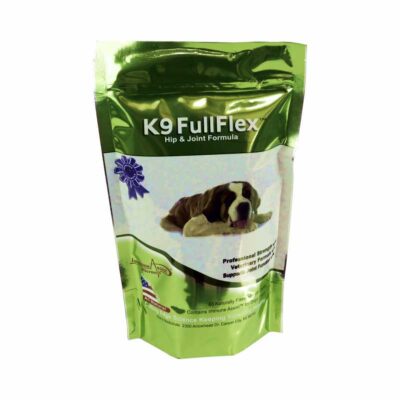
K9 FullFlex™
- Treatment of cartilage wear and arthritis
- To reduce the development of dysplasia and relieve its symptoms
- To preserve the mobility of dogs
€57,00
- Anti-inflammatory effects: ESM possesses natural anti-inflammatory properties, which help reduce joint inflammation and pain. Reducing inflammation is crucial for protecting cartilage and alleviating pain.
- Collagen production support: ESM is high in collagen, which plays a fundamental role in maintaining the structure and flexibility of cartilage. Collagen helps keep cartilage strong and flexible, reducing the risk of injury.
- Regenerative properties: The bioactive proteins and other components found in ESM support the regeneration of cartilage. This is especially important for older dogs or those with joint injuries.
- Cartilage protection: ESM helps protect cartilage from wear and damage. Its antioxidant properties reduce the effects of oxidative stress, which can contribute to cartilage degradation.
- Stimulation of synovial fluid production: ESM can aid in increasing the production of synovial fluid, essential for proper joint lubrication and cartilage protection. Properly functioning synovial fluid reduces friction between bones, promoting smooth joint movement.
- Easily absorbable form: Hydrolyzed eggshell membrane is easily digestible and absorbable, ensuring that the body can effectively utilize the necessary nutrients for joint and cartilage repair.
Omega-3 fatty acids
Omega-3 fatty acids are beneficial compounds in every aspect. They help with skin and coat problems, heart diseases, cognitive functions, and even arthritis. This compound typically comes from plant oils, salmon, or marine algae and phytoplankton.
Chondroitin
Chondroitin sulfate is a complex carbohydrate that helps cartilage retain water.
Hyaluronic acid
Hyaluronic acid, also known as hyaluronan, is a clear, sticky substance that is naturally produced by a dog’s body. Its main function is to retain water to keep tissues well-lubricated and moist.
Collagen
Collagen is a protein found in the body of all animals. It makes up connective tissues like skin, tendons, cartilage, organs, and bones, and can help reduce joint pain and improve cartilage integrity.
Living with joint disease
Joints are a complex part of a dog’s anatomy. Prevention is key to joint health, as repairing damaged joints is challenging. Ensuring a healthy lifestyle for your dog can prevent chronic pain later in life.
Additional interesting articles about arthritis, dysplasia, and cartilage degeneration in dogs.
Click here to read about the importance of joint support for dogs in Hungarian.
